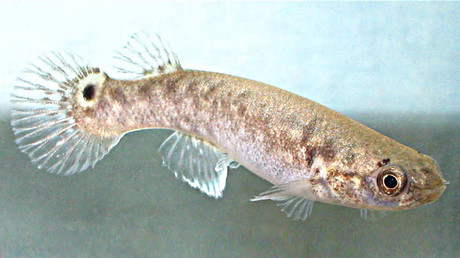Scientists discover algae with female, male, and ‘bisexual’ sex cells, signaling it may not be so rare in nature
A species of algae with three sexes, including “bisexual,” that can all breed with each other has been identified by Japanese scientists for the first time. Researchers suggest the phenomenon might be present in other species too.
Scientists have come across a surprising form of freshwater algae – plant-like organisms that contain chlorophyl but don’t have actual leaves or roots – in lakes in Japan. After decades of studies, it is the first time that a single algae species originating from the same water system and having equal female, male, and what scientists describe as ‘bisexual’ sex phenotypes has been discovered. Moreover, all of them can mate in pairs with each other, according to the study published in the US journal Evolution this week.
The three-sexual algae, called Pleodorina starrii or P. starrii can easily reproduce itself, and inter-crossings between the unisexual (male or female) and bisexual strains that can mate with both show normal thick-walled zygotes and high survivability, the scientists said. The algae can also reproduce asexually, forming cloned colonies of their same genotype.
The study’s lead author, Professor Hisayoshi Nozaki of the University of Tokyo had been collecting the algae from dam lakes near the Japanese capital for many years. Samples were then divided into separate colonies in a laboratory, with male colonies being easily distinguished by the clear sperm bundles they released into the water to swim and find immobile female sex cells.
While studying how the algae mate, researchers discovered the third bisexual gene that could be transmitted to the next generation. They pointed out that the three-sexes phenomenon is different from hermaphroditism, as the latter organisms usually exist due to unusual gene expression. In contrast, the bisexual kind of P. starrii that can produce both male and female sex cells in a single genotype exists due to normal expression of the species’ genes.
“It seems very uncommon to find a species with three sexes, but in natural conditions, I think it may not be so rare,” Nozaki said, adding that continued long-term studies would be very important “to unveil the true nature of species in the natural world.”
If you like this story, share it with a friend!






Comments are closed.